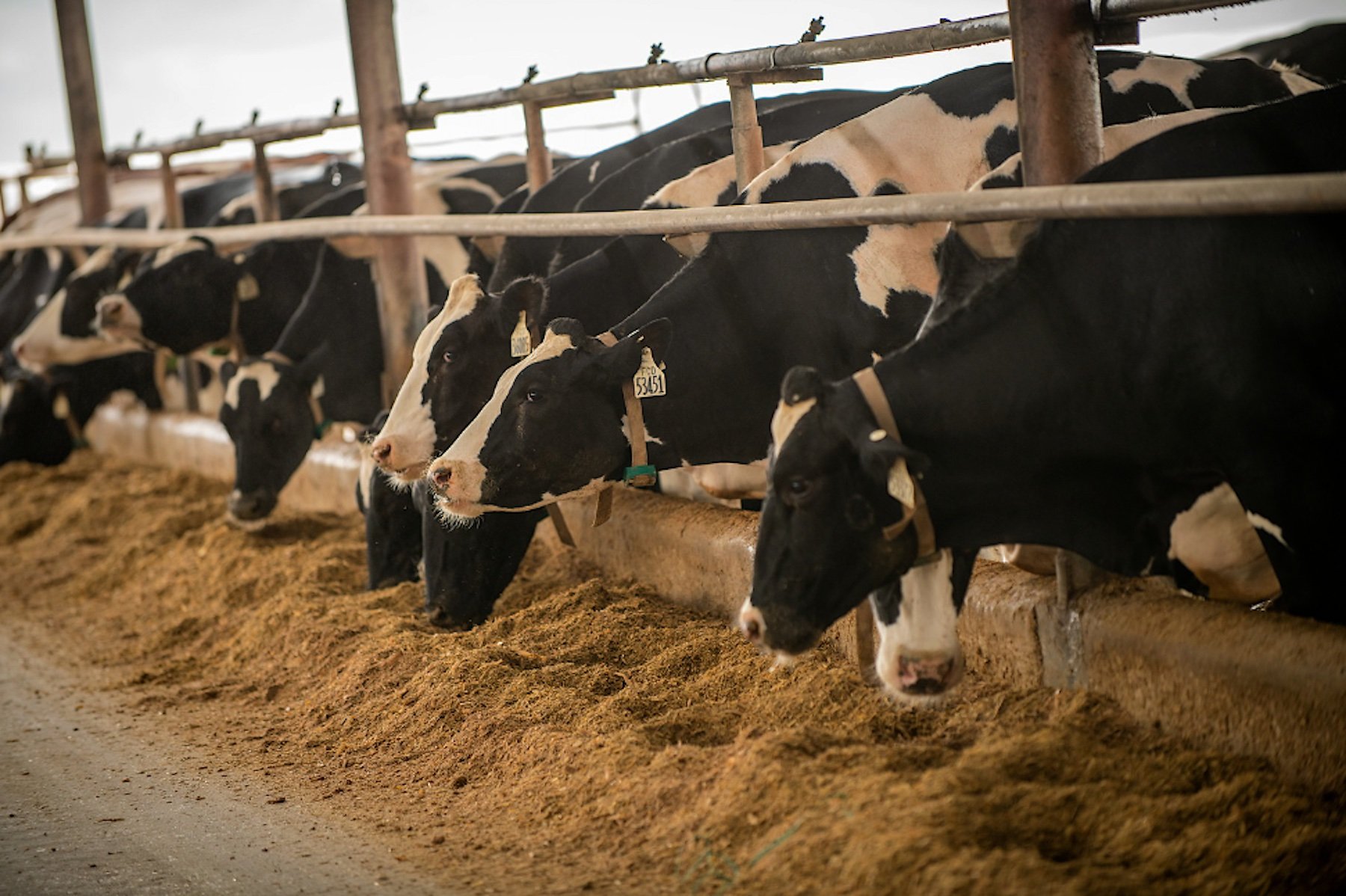
Sustainable energy solutions
Bioenergy
Pushing the boundaries of environmental innovation, advancement and stewardship.
Bioenergy Services
-
When you need help figuring out what is possible and how to achieve it. We offer Feasibility Studies, for when you want to know if you have a project. Process Design and Engineering services for when you have a project and want to find an optimal design.
-
Whether you need a trusted leader to deliver part of your vision or the entire project, we offer an extensive list of services such as permitting assistance, construction plans and specifications design, engineering and procurement management, construction management, and commissioning.
-
When you have a capable team in place but still need an experienced guide to be with you through the project development and construction process. We can be there to help you navigate the various hurdles that arise throughout the process to help the team steer clear of mistakes that could negatively impact the project in the future.
-
When you want to improve the performance of your project. All projects encounter minor to major aches and pains. These can be brought on by ineffective design, ineffective operations, or in many cases poor luck. The solutions to these problems are rarely obvious and can lead to further frustration and lost time. Regardless of the source, we offer objective observation and recommendation to help you plan and achieve optimal efficiency and profitability of your operation.
-
When you need a third-party engineer to review and validate your project for funding requirements, whether it is a USDA loan program or final investment decision for your board. We provide objective analysis and reporting to advise on readiness for the next phase of your project’s development.
-
We strive to be on the forefront of new technologies and solutions available to the people who grow, process, and sustainably deliver the products that feed, clothe, and fuel society. Whether your idea needs an innovative technical solution or an experienced partner to flesh the project out, we want to have the conversation to help you achieve new heights.


